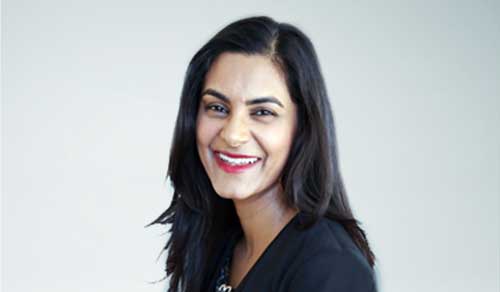With the end of the decade quickly approaching, the world we live in today is quite far removed from the one we lived in just a few years ago.
This is especially true in the world of work, as we find that occupations and industries that existed for decades are now slowly falling away: think landline telephony in this era of smartphones, or VCRs and video rental stores in the age of Netflix and online streaming. These are quickly being replaced by new occupations and industries that didn’t even exist 10 – 15 years ago. Many millennials nowadays have eschewed traditional roles and jobs in favour of becoming app developers, market research data miners, vloggers, Uber drivers and even Chief Listening Officers1.
What we do for a living isn’t the only area that has changed; how we do it has as well. Instead of performing a single job for one employer, in an office, many people are choosing to work remotely, for multiple employers, whilst carrying out more than one defined occupation. Roughly 150 million workers in North America and Western Europe have chosen to work as independent contractors in the “gig economy”. In the gig economy people work for more than one employer or carry out part-time work to increase their main income. Jobs tend to be temporary and more flexible.
Whilst this changing world of work has numerous implications for how we live our lives, how will insurers and their insurance cover be affected? Occupation is a major rating factor in disability insurance and is best allowed for at application stage, so that a policy can be rated fairly and accurately from inception, thus reducing the chances of a repudiation at claim stage, when cover is needed the most.
Insurers have already started tackling the dilemma of applicants performing more than one occupation. Practices vary between companies but general guidelines include:
- Design application forms so that they include detailed questioning on the second occupation to be insured.
- If it is possible to cover the second occupation, it should be carried out for a minimum number of hours (e.g. at least 20 hours per week) and should generate a meaningful income.
- At application stage the second occupation should already be in existence for a sustainable period of time (e.g. 24 months) and the income generated should be stable.
- Where the second occupation is not insurable, or attracts worse rates than the primary occupation, this should be allowed for.
- The more alike occupations are, the higher the possibility that two occupations can be covered.
How should new occupations be handled? Well, there are no rigid rules here, which means that insurers have a range of options at their disposal to find the methodology that best works for them and their customers. Once approach is to try to map new occupations onto job titles that we do already know and rate. For example, a blogger might be treated as a writer when trying to define an appropriate occupational class. Similarly, an app developer could possibly be treated as an IT professional.
An alternate approach could be to look at an occupation from a duties split point of view. The application form could be designed to elicit information such as industry, time spent performing manual work, administrative duties, lifting heavy objects or even driving. As always a fine balance needs to be sought between obtaining sufficient detailed information and ensuring that the application form is not too long – never an easy ask!
The world has changed significantly over a short space of time and will continue to do so. Jimmy Dean once said “I can't change the direction of the wind, but I can adjust my sails to always reach my destination”. As an industry we can continue to provide peace of mind to our customers by shifting and adjusting to the environment that we find ourselves in, in a rational and sustainable way.
1 Someone who tracks what their customers are saying, both in social media and as well as in actual conversations.



